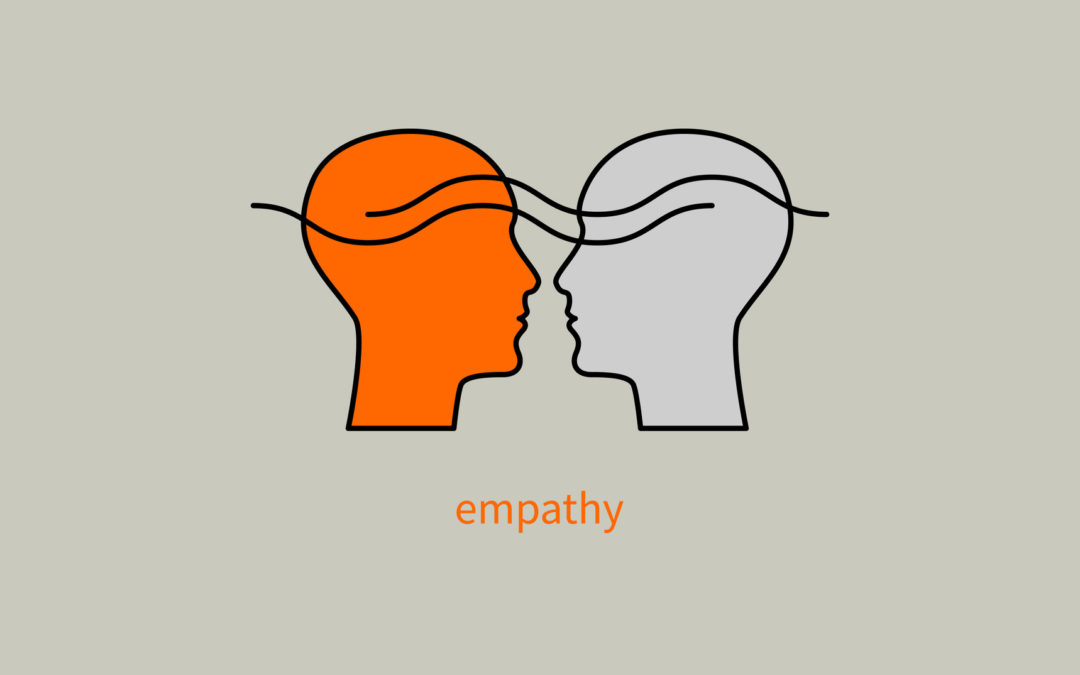
Why Brand Empathy is Your Business’s Best Marketing Strategy
Brand empathy has been around for a long time and will only become more important as our technological world evolves. So what is brand empathy, why is it important for your small business, and how can you work brand empathy into your business’s marketing strategy?
What is brand empathy?
Generally, the term empathy means to understand, be aware of, and be sensitive to the feelings, thoughts and experiences of others:
- When we show empathy towards others, we tend to use phrases like, “I see what you mean” or “I understand why you would feel that way”, to communicate our ability to see things from another person’s perspective.
- According to a paper by Louisa Pavey, Tobias Greitemeyer, and Paul Sparks in the Personality and Social Psychology Bulletin, those who display empathy are also more intrinsically motivated to be helpful.
- Businesses embracing this philosophy and adopting an empathetic mindset have taken it upon themselves to outwardly demonstrate that they care about the individualized, unique needs of their consumers.
Why is empathy important for businesses?
Consumer loyalty isn’t nearly as strong as it used to be; small businesses need to work harder if they want to keep their current customers and engage with new customers in today’s retail landscape:
- According to a study by Access Development, most consumers would take their business to a competitor within a week of experiencing poor customer service.
- If you own a local business, you’ve already got a leg up on the big box stores when it comes to understanding local trends and what’s important to those who live and work in your town.
- Savvy business owners who realize this advantage and apply it to their brand empathy campaigns are far more likely to gain the market share of local consumers than those who don’t.
How do businesses market empathy?
Because companies can’t convey empathy the same way humans do to one another, business owners need to get creative about how they demonstrate their brand empathy:
- Companies can show empathy by offering product suggestions to online users or by sending shopping cart abandonment emails to users who shopped but didn’t follow through with a purchase, providing consumers with relevant, helpful information based on their unique shopping habits.
- Companies can also promote brand empathy by mirroring their consumers’ thoughts and feelings through marketing imagery and media. Mirroring can be a highly effective way to showcase brand empathy because of its ability to connect deeply with consumers’ feelings.
Brand empathy for small business marketers
If you’re a small business owner, you may not have the money to produce and promote a commercial like Procter & Gamble, and that’s okay. Keeping in mind the goal, which is to show consumers that you understand who they are and what they need, there are plenty of ways for your small business to incorporate empathy into your everyday marketing campaigns.
- Be a local resource – Many communities celebrate local events that the big box stores wouldn’t know about, for example, Fete en Blanc (the all-dressed-in-white party) in Lancaster. If you’re in retail, decking your window displays out in all-white clothing, picnic gear, and decorations in the weeks leading up to Fete en Blanc is a great example of how your local business can show connection to the needs of local consumers in a way that the big stores can’t.
- Be a problem solver – Do you sell specialty items that are helpful to people in a specific field? Make sure those people are seeing your message by using targeted advertising strategies online. When you send the right message to the right audience, you’re showing those consumers that you understand their interests and needs.
- Be a guide – Your promotions should reliably lead consumers into the next season or holiday. Consider planning your holiday promotions in advance so that you have more time to develop more personalized ad messages for your consumer groups throughout the year
Need some help?
If you’re looking for guidance on how to work brand empathy into your marketing strategy, our experts at LNP Media Group can help. Contact us today for a free consultation with our experts about how to better market your business.

